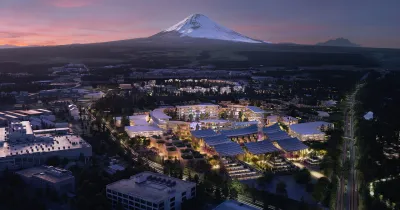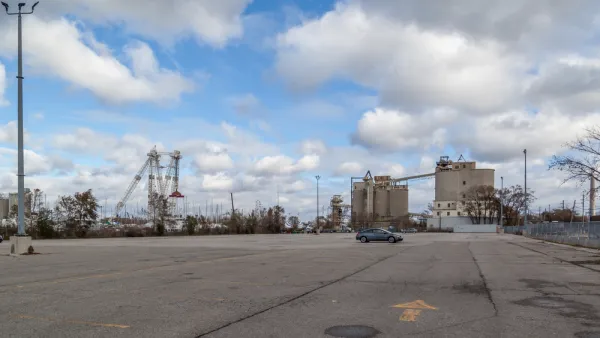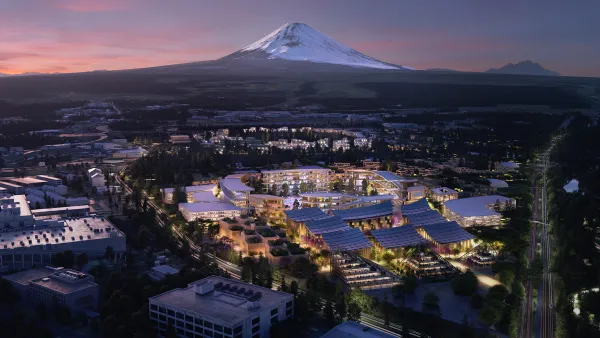Checking in with Toyota's plans for an interconnected smart "city of the future" means considering how their approach might differ from other attempts at similar projects.

Corporate interest in smart city technology has brought numerous concepts and potential projects into the public spotlight in recent years with a notable lack of success in implementing new technologies in a robust way. Where others (most notably, Sidewalk Labs) have failed, Toyota has big plans to create a new, interconnected smart city, a "city of the future" to stand as a proof of concept for such innovations as autonomous vehicles and smart houses.
"The 175-acre Woven City project, to sit at the base of Mt. Fuji, would house some 2,000 residents and will be outfitted with connected infrastructure, clean buildings and artificial intelligence (AI)," writes Jason Plautz on the ambitious scope of the project. Some onlookers think that Toyota could have more success than other corporations who have spearheaded smart city development, in part due to the lessened regulatory requirement involved in building a city from scratch.
Public concern has put a damper on smart city development projects in the past. Alphabet's Sidewalk Labs planned a development on the waterfront of Toronto that sought to "showcase everything from mass timber buildings to adaptive pavement that would accommodate all forms of mobility," but the "project was dogged with concerns about how the company would store and protect data collected from residents," Plautz reflects.
After Toyota's January announcement of plans for the spawning of the Woven City, very few details about the project have been revealed, says Plautz. Nearly a year later, ears are perked for more information about the viability of the project and its implications for smart city technology in other cities worldwide.
FULL STORY: Can Toyota succeed where Sidewalk Labs failed?

National Parks Layoffs Will Cause Communities to Lose Billions
Thousands of essential park workers were laid off this week, just before the busy spring break season.

Retro-silient?: America’s First “Eco-burb,” The Woodlands Turns 50
A master-planned community north of Houston offers lessons on green infrastructure and resilient design, but falls short of its founder’s lofty affordability and walkability goals.

Delivering for America Plan Will Downgrade Mail Service in at Least 49.5 Percent of Zip Codes
Republican and Democrat lawmakers criticize the plan for its disproportionate negative impact on rural communities.

Test News Post 1
This is a summary

Test News Headline 46
Test for the image on the front page.

Balancing Bombs and Butterflies: How the National Guard Protects a Rare Species
The National Guard at Fort Indiantown Gap uses GIS technology and land management strategies to balance military training with conservation efforts, ensuring the survival of the rare eastern regal fritillary butterfly.
Urban Design for Planners 1: Software Tools
This six-course series explores essential urban design concepts using open source software and equips planners with the tools they need to participate fully in the urban design process.
Planning for Universal Design
Learn the tools for implementing Universal Design in planning regulations.
EMC Planning Group, Inc.
Planetizen
Planetizen
Mpact (formerly Rail~Volution)
Great Falls Development Authority, Inc.
HUDs Office of Policy Development and Research
NYU Wagner Graduate School of Public Service




























